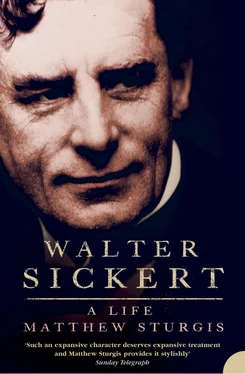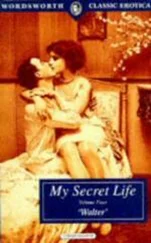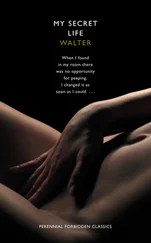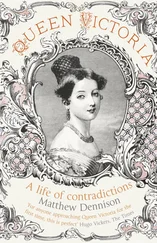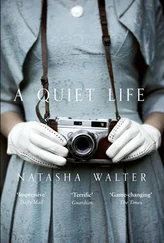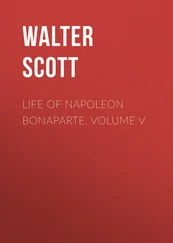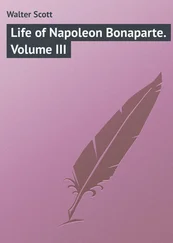Indeed it soon became a complaint against Sickert and his Impressionist clique that they were suborning critics by ‘offering wall space not for their articles but for their works’ . 18 But the line between critics and artists was becoming increasingly blurred. Sickert merely sought to accelerate the process and use it to his advantage – or to the advantage of his group. It was, after all, a surer path than relying on ‘letters to the editor’ or stray paragraphs in the gossip columns, as Whistler did. Sickert himself played his part, taking a position as art critic for the recently inaugurated London edition of the New York Herald . 19 The post gave him a regular platform for promoting his artistic creed, as well – it must be supposed – as some welcome, if meagre, remuneration.
Reckless, opinionated, fluent, fond of specific technical details and broad generalizations, Sickert – it was soon revealed – had a gift for journalism. Words and opinions flowed from his pen. He did give some generous approbation to fellow members of the Impressionist clique, but on the whole his procedure was less direct. 20 One almost invariable element in his articles was a word of extravagant praise for Whistler. Matters reached such a pitch that the sub-editor of the paper, meeting Sickert in Regent Street, remonstrated: ‘See here, Mr Sickert … people are asking whether the New York Herald is a Whistler organ.’ 21 In truth, however, the regular praise for Whistler was almost always balanced or augmented by praise for Degas and for Keene. 22 Sickert seems to have been concerned to produce a genealogy for his Impressionist group: Whistler and Degas were acknowledged as the founding fathers – with Steer’s hero, Monet, included upon occasion. But, though proud of such antecedents, Sickert was anxious not to place his group too squarely in the debt of recent Parisian developments. He did not want to be too easily pigeonholed as a mere follower of Continental fashion. And having proclaimed the connection he sought to blur it. The recurrent introduction of Keene’s name served to connect the group with the proud English tradition stretching back through the great eighteenth-century illustrators to Hogarth. It was a ploy sanctioned, if not suggested, by Degas. The French painter had told George Moore (and probably Sickert too) that English artists risked compromising their distinctiveness if they lost touch with their national school. 23 Degas, too, had impressed upon Sickert a conviction that all great art – however novel it might appear – stood upon the traditions of the past: that the achievements of Impressionism were not comprehensible without Poussin and Velásquez, Ingres, Millet, Gainsborough, Constable, and Turner. Sickert’s articles constantly sought to connect the movement with this illustrious heritage.
When writing explicitly about the NEAC, as he did with unabashed frequency, he emphasized both the diversity and the independence of the Impressionist clique – pointing out that not all the members were pupils of Whistler, and that not all had studied in Paris, and boasting, on the rather slender grounds that Blanche took an interest in their doings, that ‘the younger and more forward spirits of the Modern French School’ are more influenced by the ‘independent school of painting in England’ than vice versa. 24
Sickert continued to canvass potential new members and new exhibitors for the club – as it was by the votes of these that control of the committees could be maintained. There were several convenient sources. Brown’s position at the Westminster School of Art gave him access to a large and loyal constituency. When, at the beginning of March 1889, he was the recipient of a special dinner at the Holborn Restaurant, over a hundred people – mostly current or former pupils – were present. (Sickert made a speech. 25 ) Bate, too, had started ‘a school of Impressionists’, while Sidney Starr ran a popular class for ‘lady-pupils’. 26 Sickert, for his part, maintained pressure on Blanche to find members in France. Besides Helleu, two other young artists – Maurice Lobre and Jean-Louis Forain (whom Sickert had met through Degas) – expressed an interest in joining; 27 and within the club’s existing membership Sickert was pleased to make an ally of the Paris-trained John Singer Sargent, who was establishing an enviable reputation with his fluent, large-scale portraits of the London rich. Sargent agreed to propose Lobre for membership. It was a useful gesture. As Sickert acknowledged, he could not afford to be too active in putting people’s names forward himself, as it would provoke the hostility of the club’s conservative majority. 28
But, by such tactics, that conservative majority was being gradually eroded. The Impressionist clique continued to control the picture-selection process. The constitution was altered during 1889, and an eight-man ‘executive committee’ created, with Sickert, Steer, Brown, and Roussel all elected to it. 29 As some contemporary commentators complained, pictures by artists inimical to the aims of the group were now frequently excluded, or ‘outrageously skied’ at exhibition. In the face of such ‘intrigue and effrontery’ not a few painters resigned from the club, thus presenting the Impressionist clique with an even clearer run. 30
Certainly they had it very much their own way in 1889. The connection with the established leaders of French Impressionism was loudly bruited at the annual exhibition. * An uncatalogued selection of black-and-white works, almost certainly put together by Sickert, was hung in the little passage leading through to the main gallery. Besides the inevitable Keene drawings, it included several prints by Whistler (who also had a pastel in the exhibition proper), together with four of the lithographs G. W. Thornley had made from Degas’ pictures (and about which Sickert had written in the New York Herald ). 31 In addition there were also ‘a few photographs from masterpieces by Degas and Manet’. 32 Building upon his success of the previous year, Sickert’s own submission to the show was another slice of popular metropolitan life: Collins’s Music Hall, Islington Green . In its composition, as in its theatrical matter, it proclaimed a continuing debt to Degas – though Sickert, playing his double game, hastened to deny the connection. From the aesthetic high ground staked out by Whistler in the Ten o’Clock Lecture, he defended himself against any suggestions that he was merely aping modern French models:
It is surely unnecessary to go so far afield as Paris to find an explanation of the fact that a Londoner should seek to render on canvas a familiar and striking scene in the midst of the town in which he lives … I found myself one night in the little hall off Islington Green. At a given moment I was intensely impressed by the pictorial beauty of the scene, created by the coincidence of a number of fortuitous elements of form and colour. A graceful girl leaning forward from the stage, to accentuate the refrain of one of the sentimental ballads so dear to the frequenters of the halls, evoked a spontaneous movement of sympathy and attention in an audience whose sombre tones threw into more brilliant relief the animated movement of the singer, bathed as she was in a ray of green limelight from the centre of the roof, and from below in the yellow radiance of the footlights. 33
The rising status of both Sickert and his group was confirmed when he, together with Starr and Steer, was invited to exhibit in the ‘British Fine Art Section’ of the Universal Exhibition, which opened in Paris that May. (Sickert sent his little panel of the red-fronted butcher’s shop 34 .) He did not, however, dwell upon his successes. In what was becoming an established pattern, his small assertion of independence was almost immediately countered by an act of obeisance to Whistler. Sickert balanced his NEAC activities and achievements with an offer to arrange a retrospective exhibition of Whistler’s work. He also suggested an even more ambitious scheme to produce ‘a catalogue déraisonné’ of Whistler’s prints. 35 It was probably no less than Whistler felt he deserved. He was in ebullient mood. He had been made an ‘Honorary Member’ of the Royal Academy of Fine Arts in Munich after exhibiting at their International Art Show the previous year; and he was to be the guest of honour at two gala dinners arranged by his fellow artists that spring. The first was held in Paris on 28 April 1889, the other at the Criterion restaurant in Piccadilly Circus on 1 May. Sickert attended the London event, though he did not help organize it. He was too involved with preparations for the Whistler exhibition, which opened on the same day.
Читать дальше
